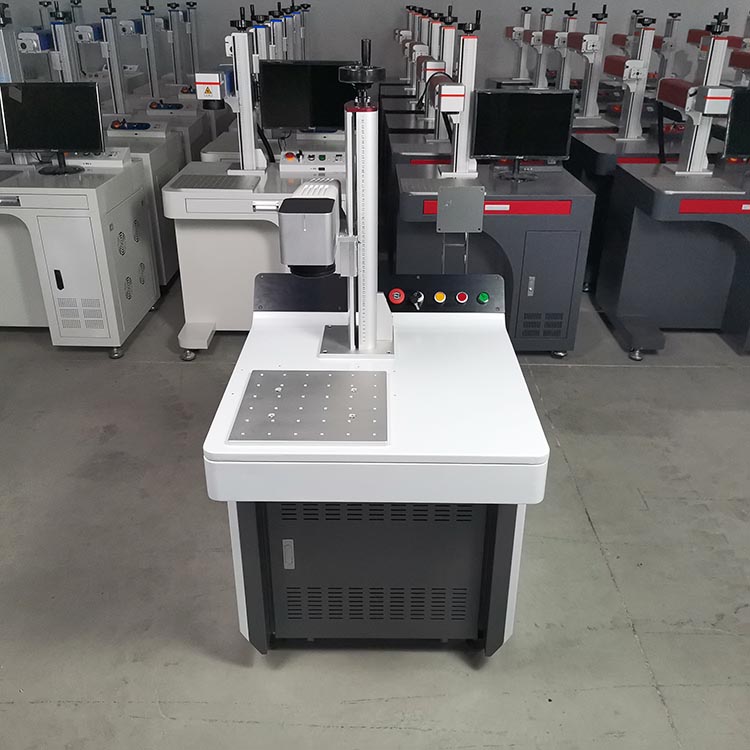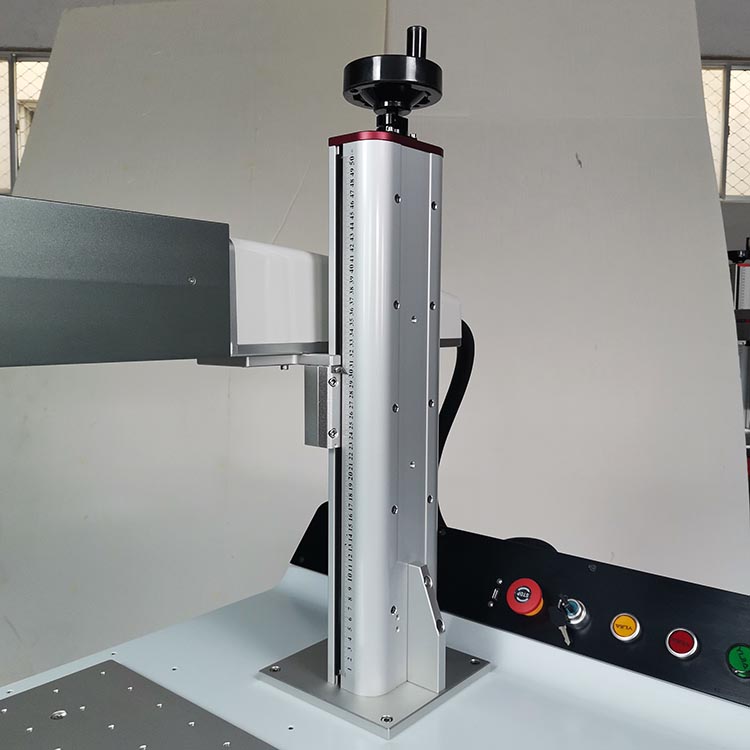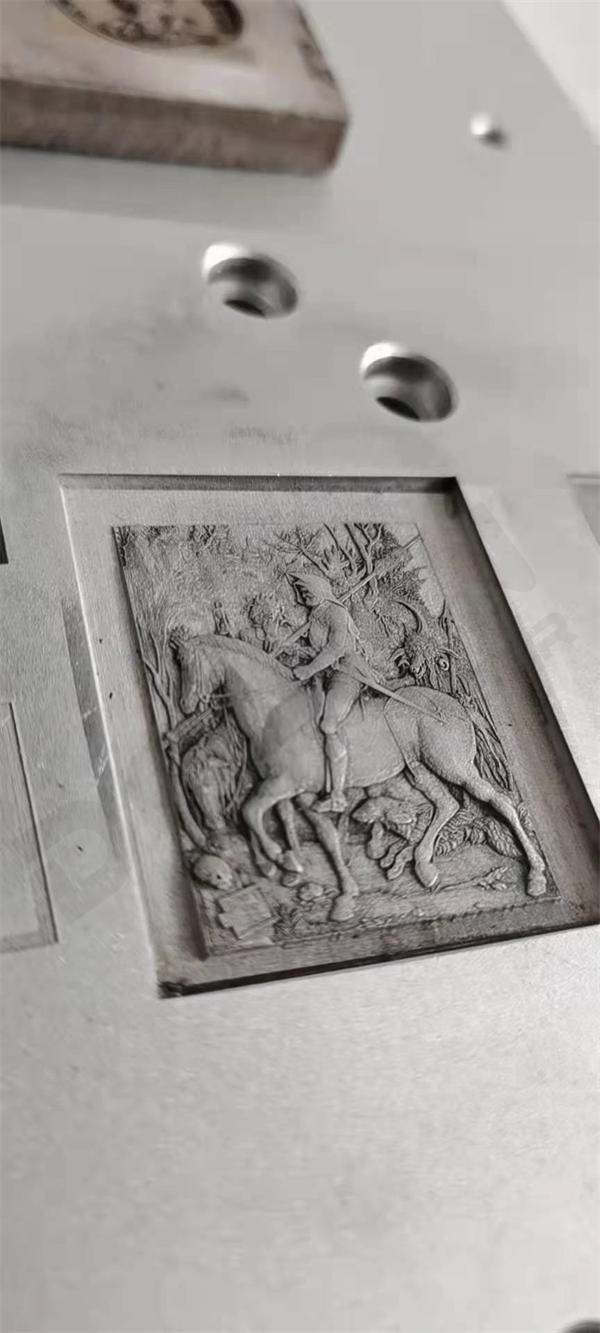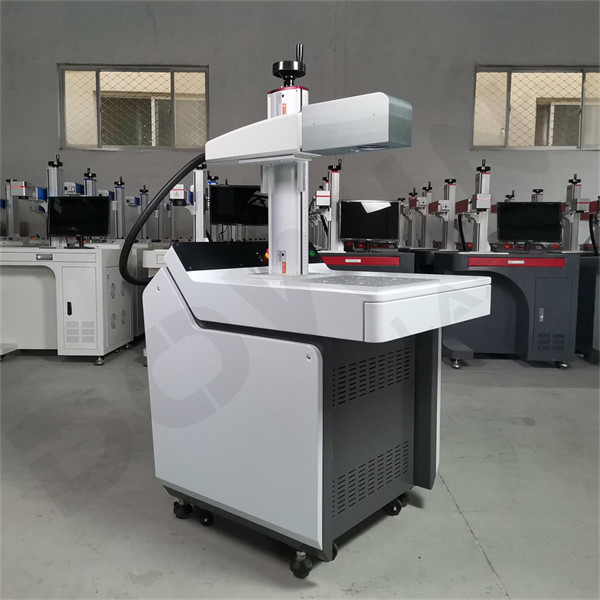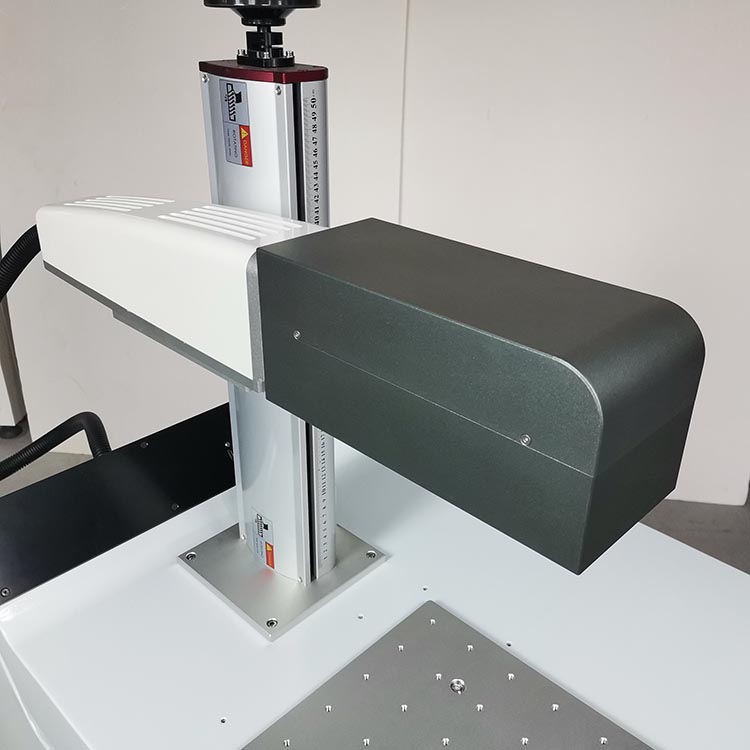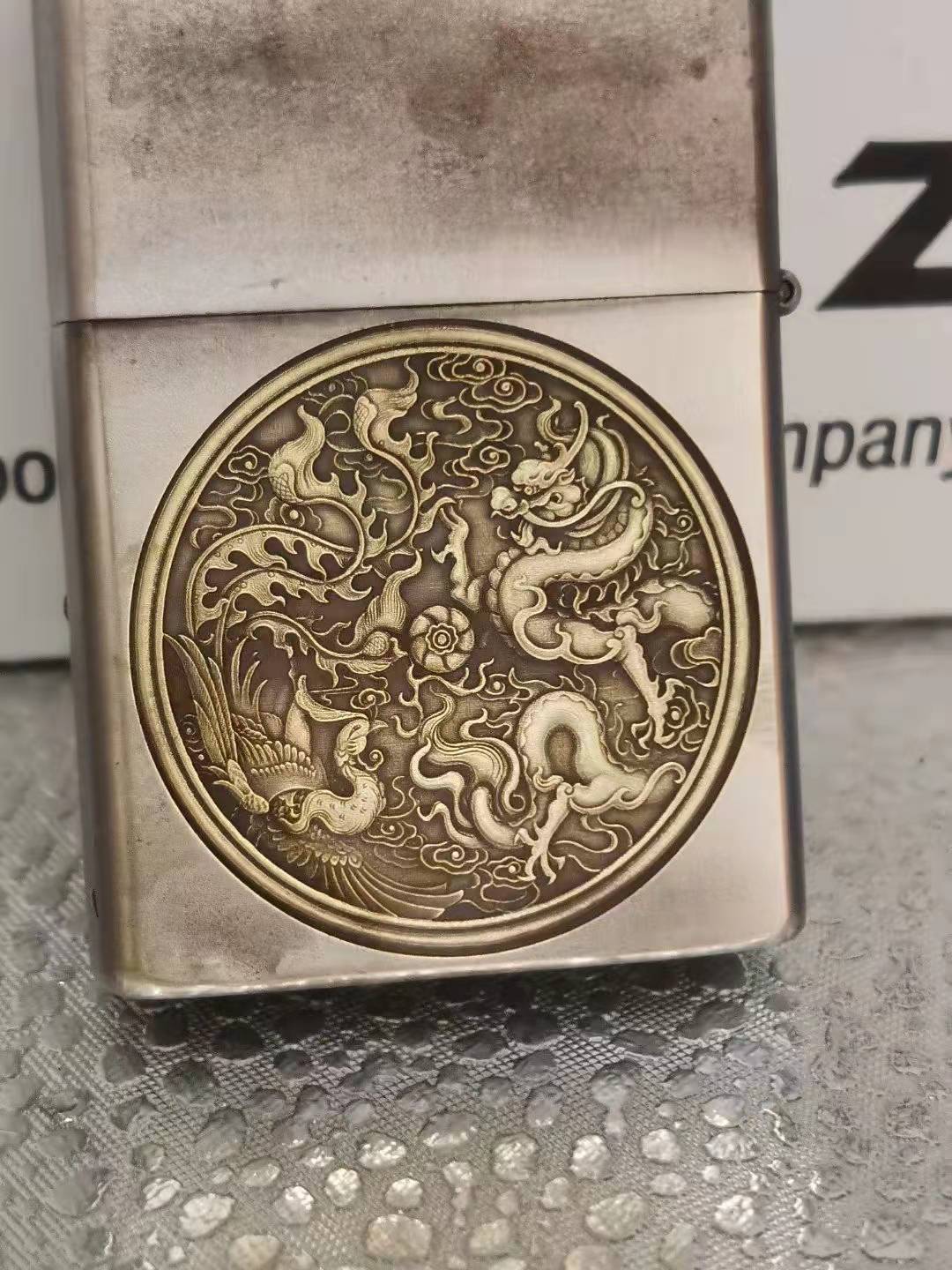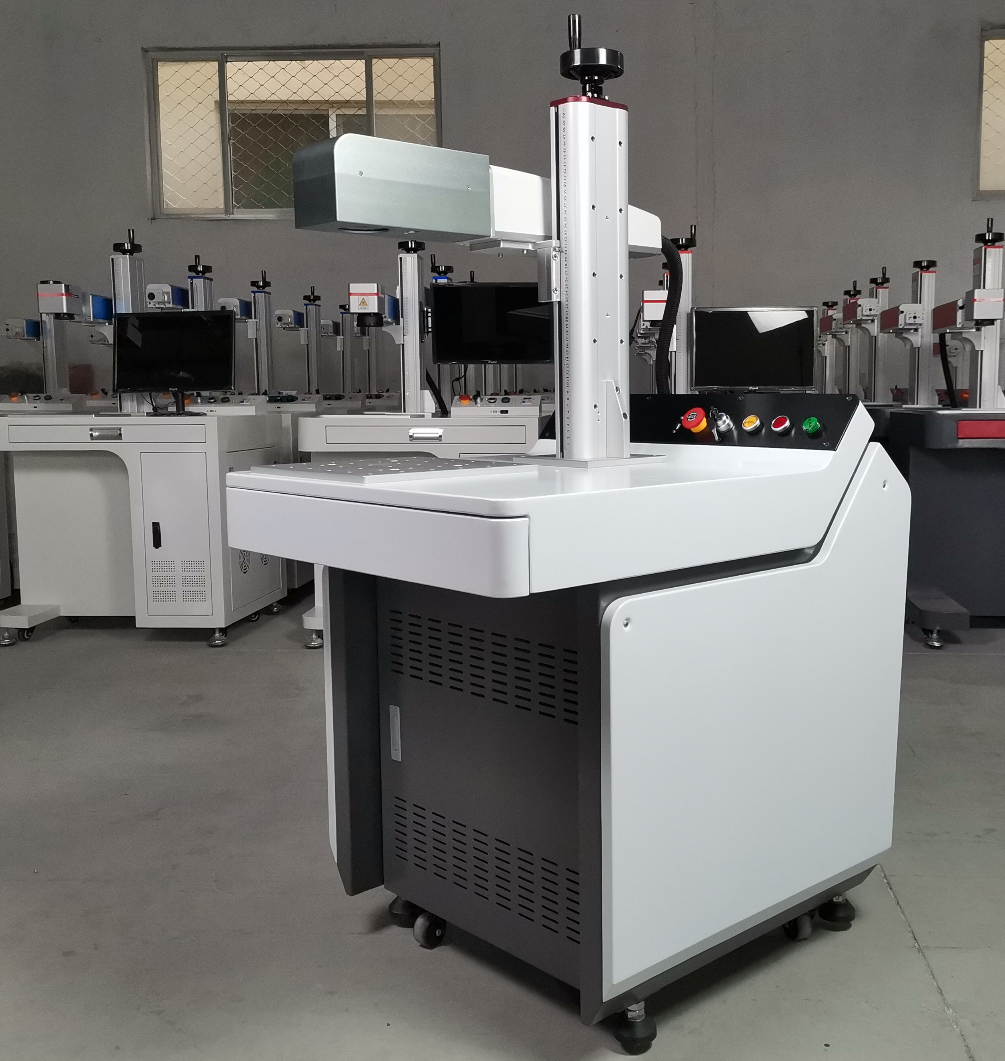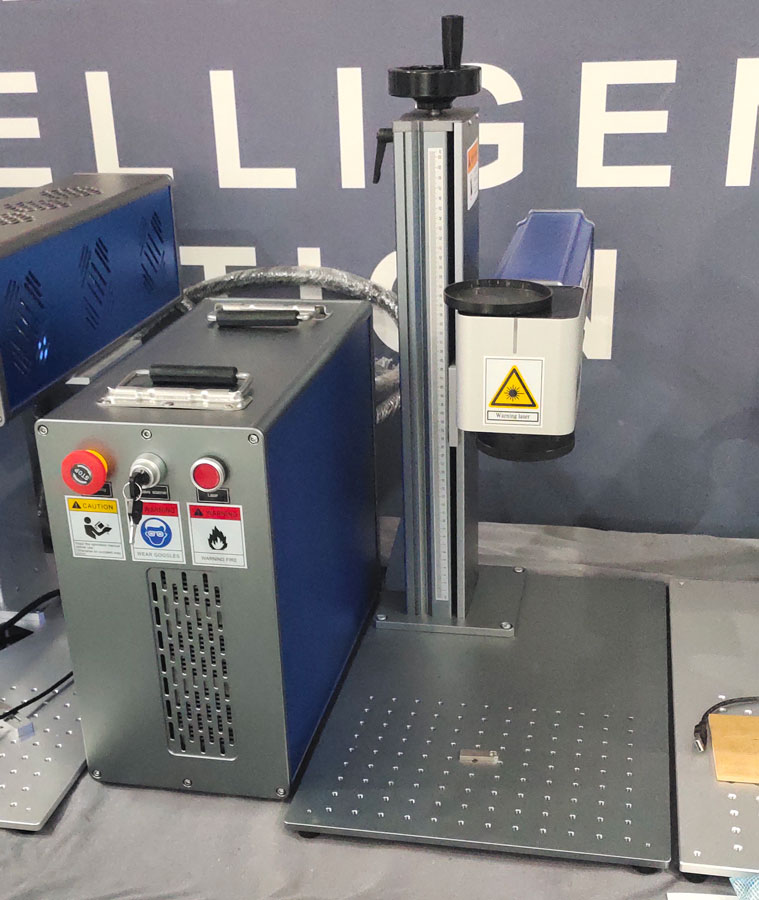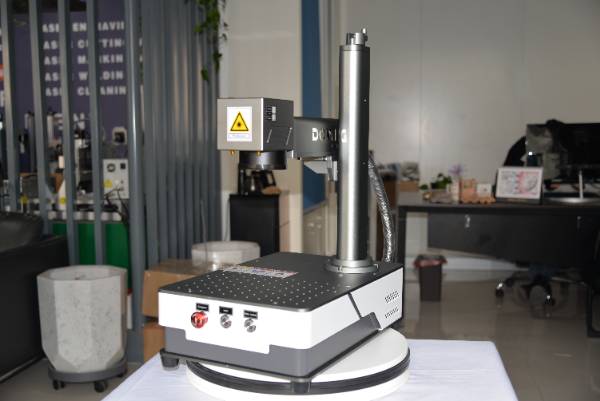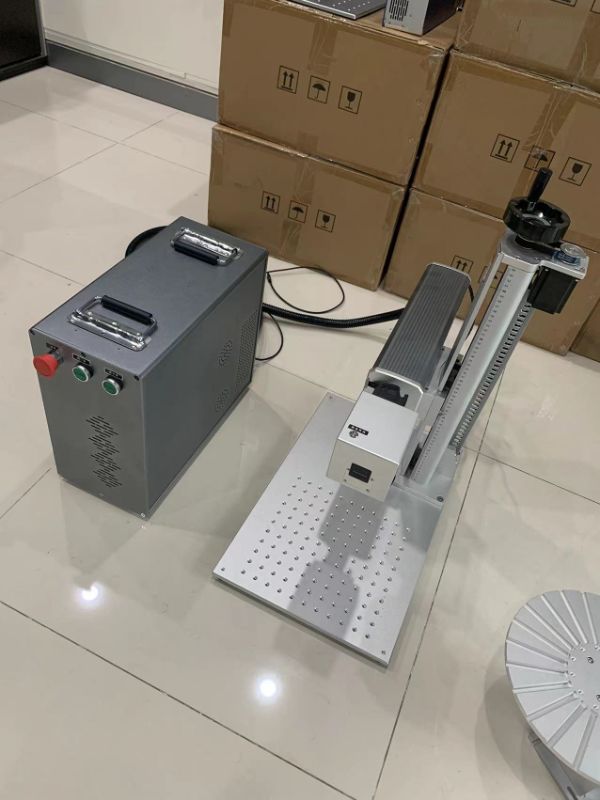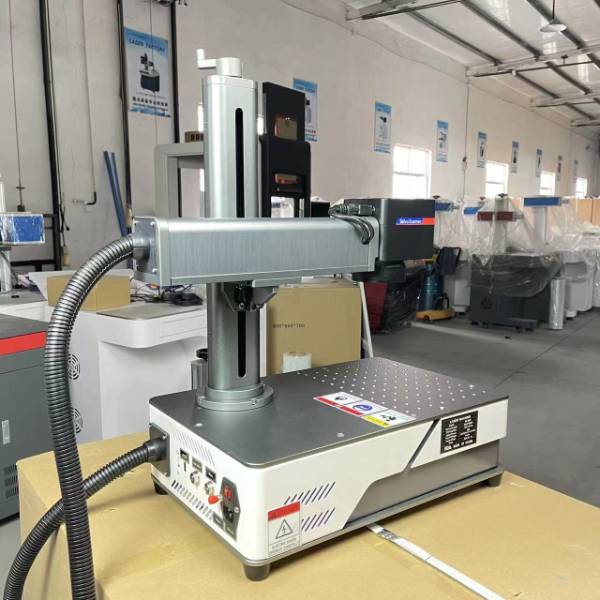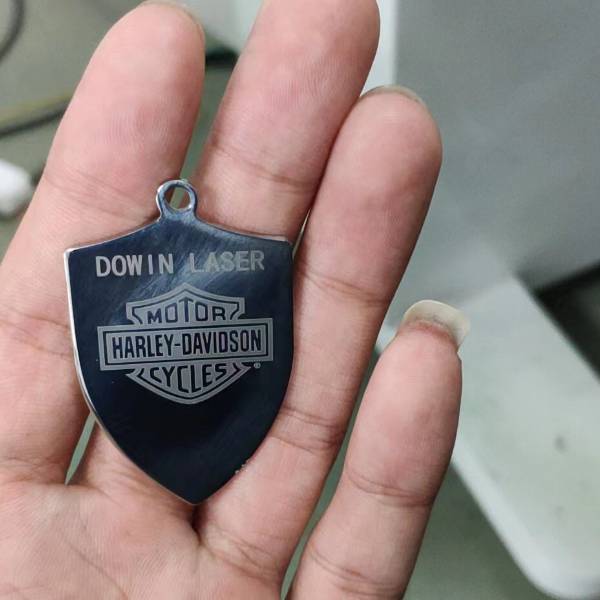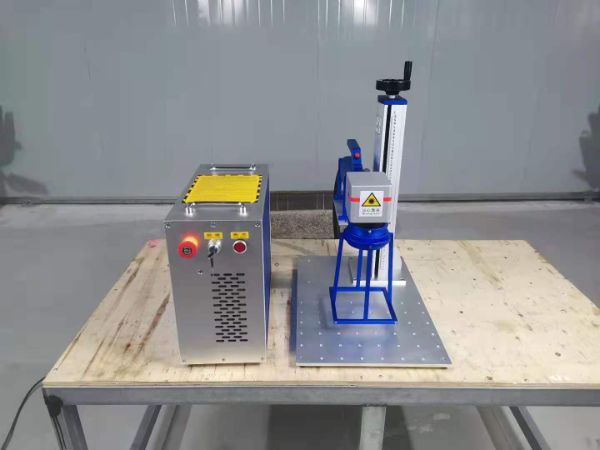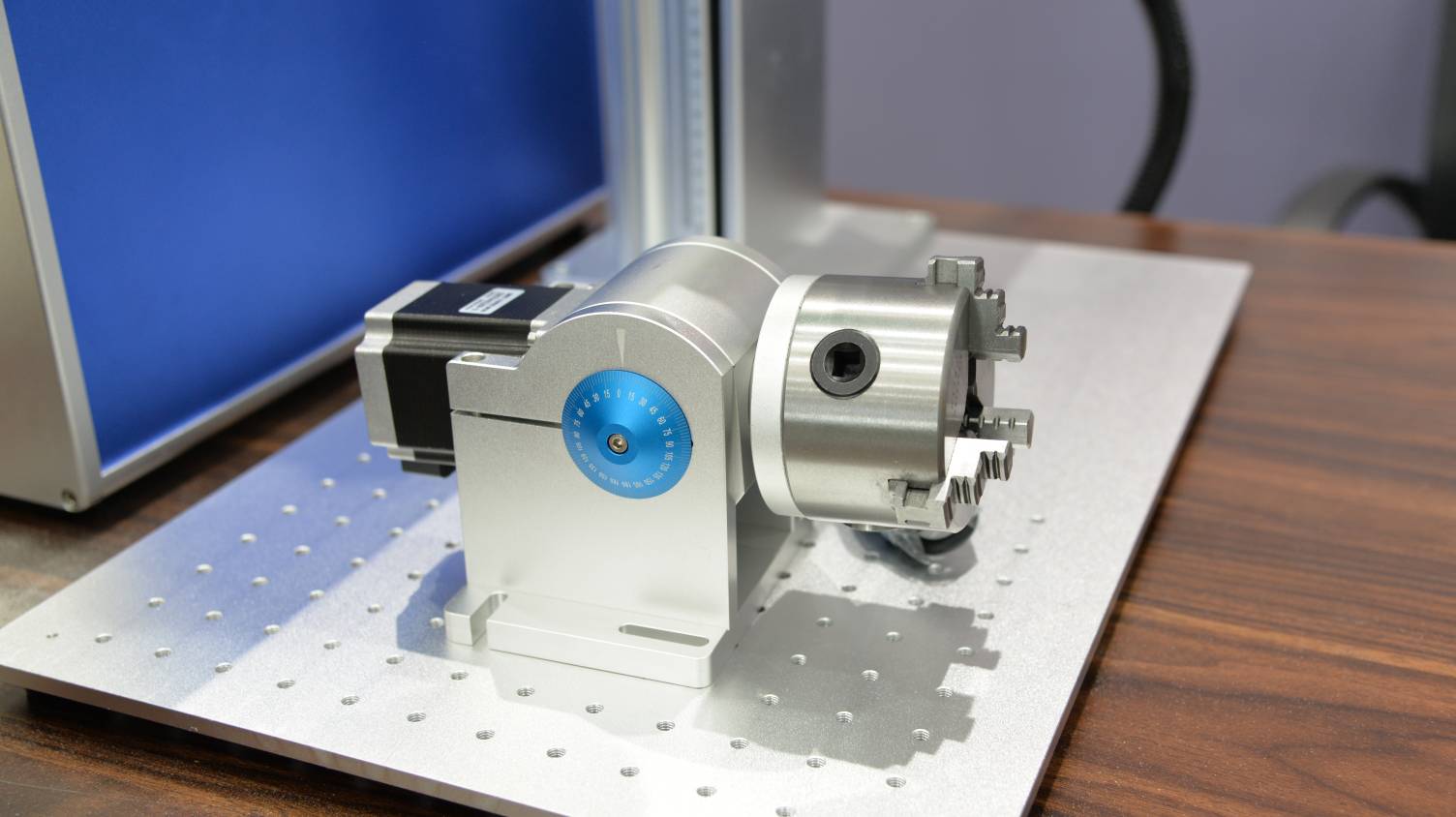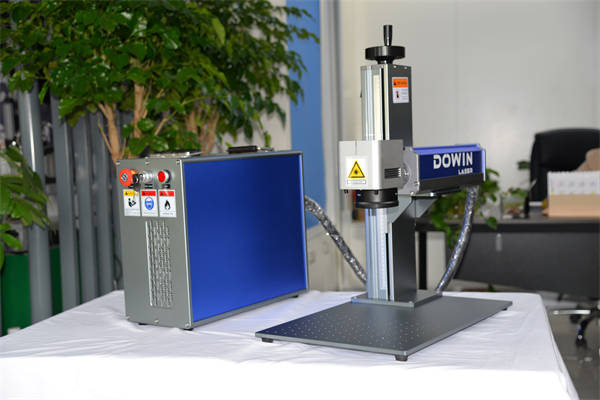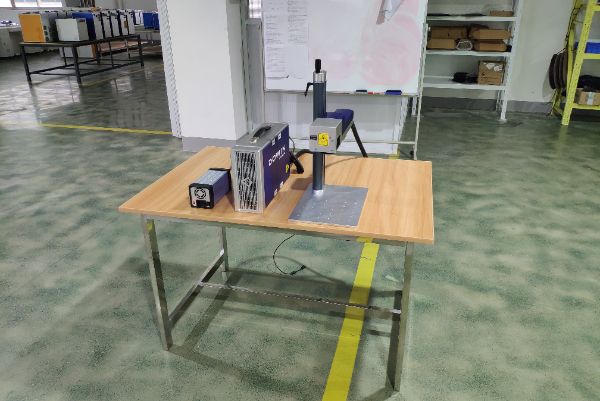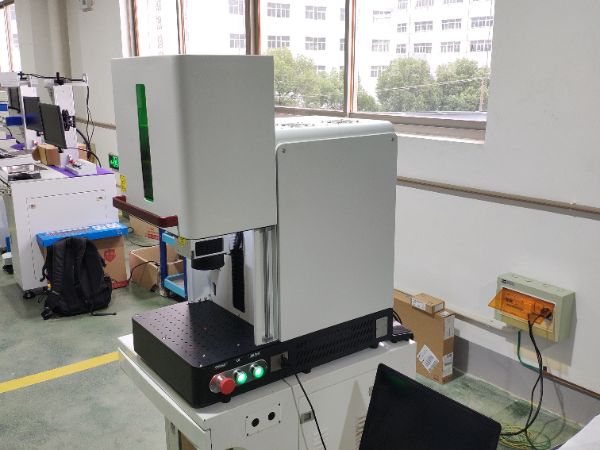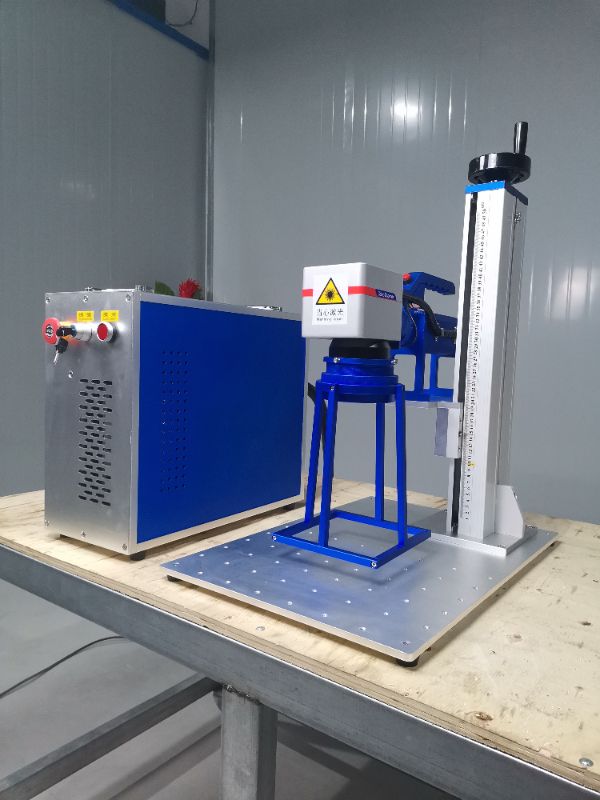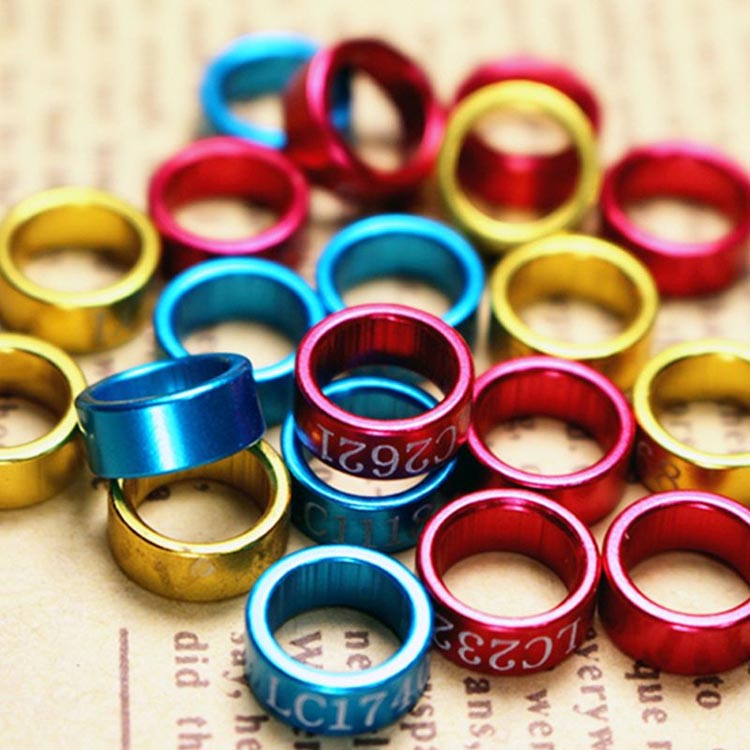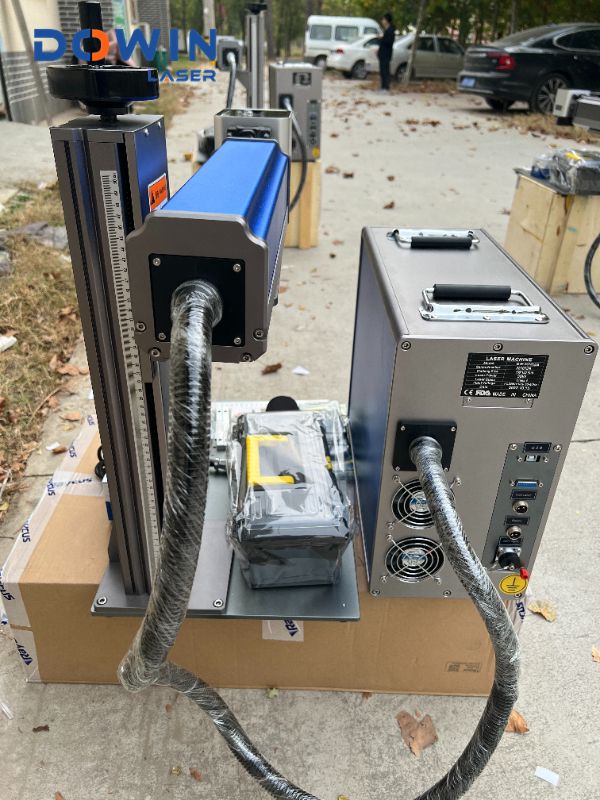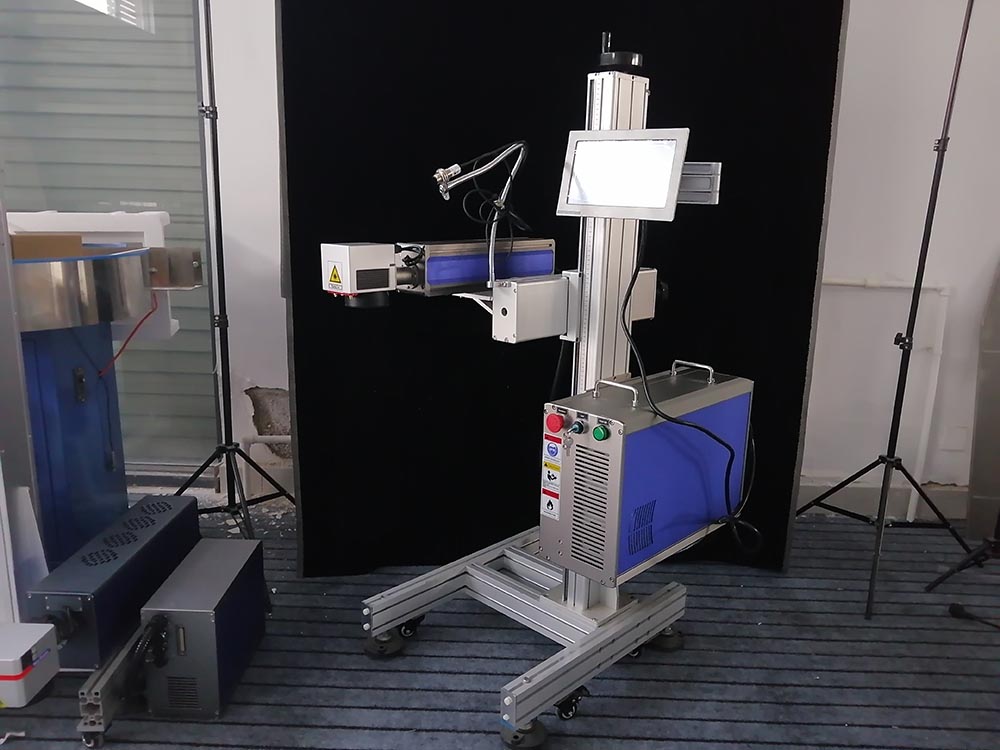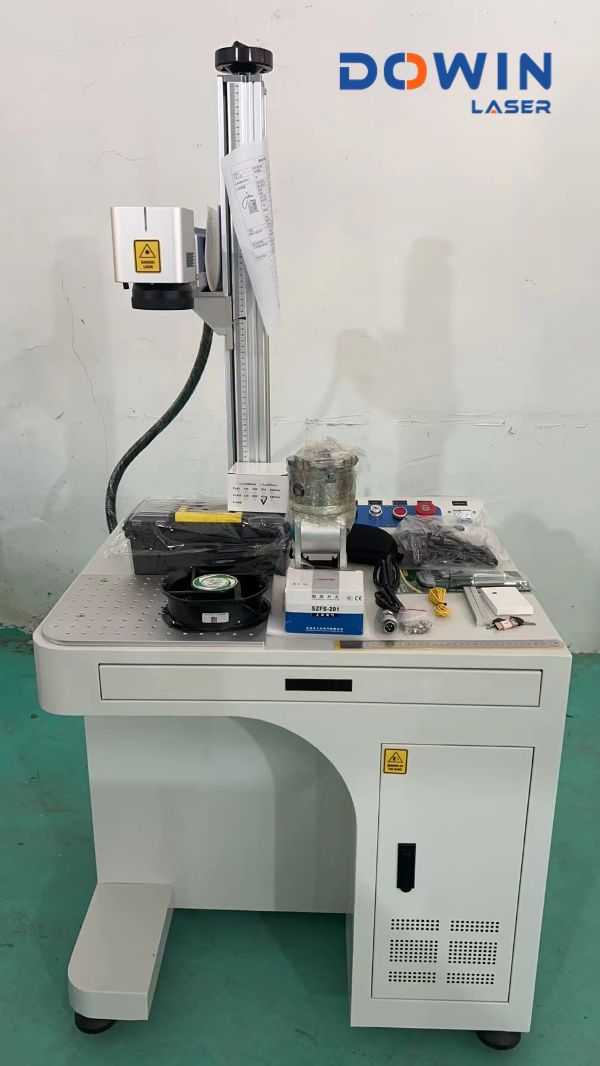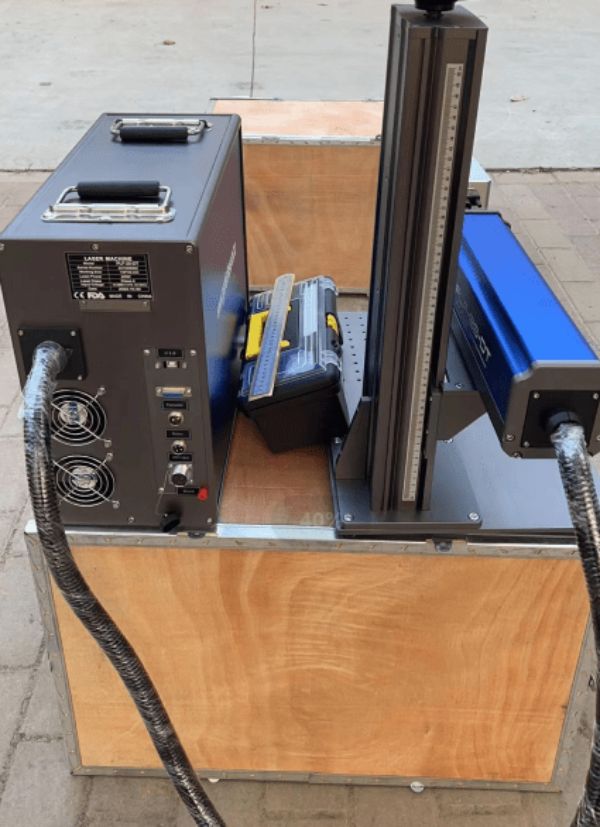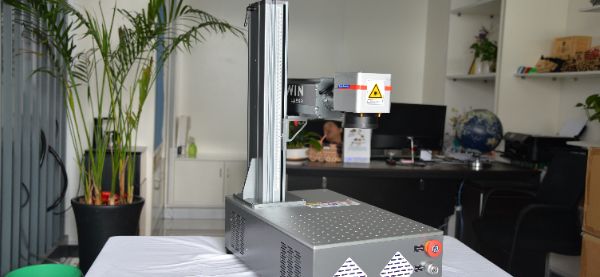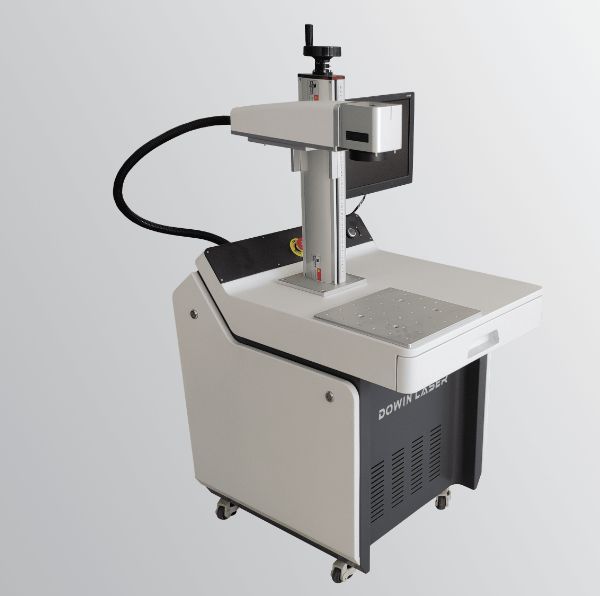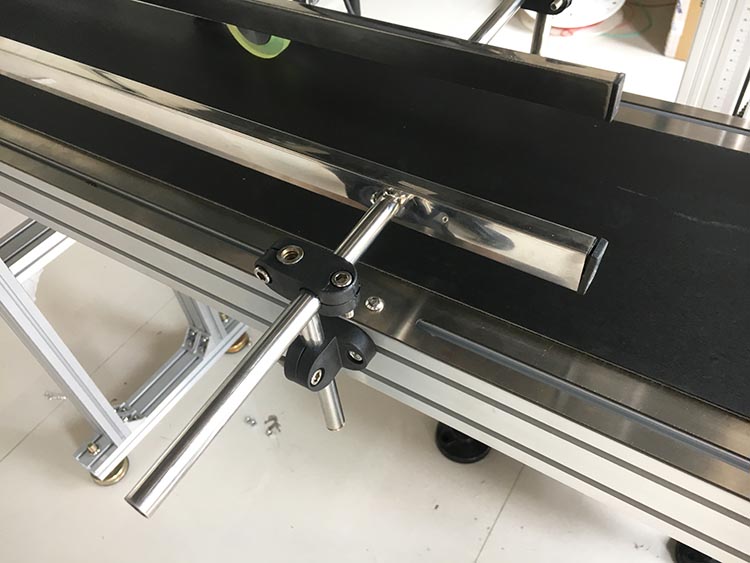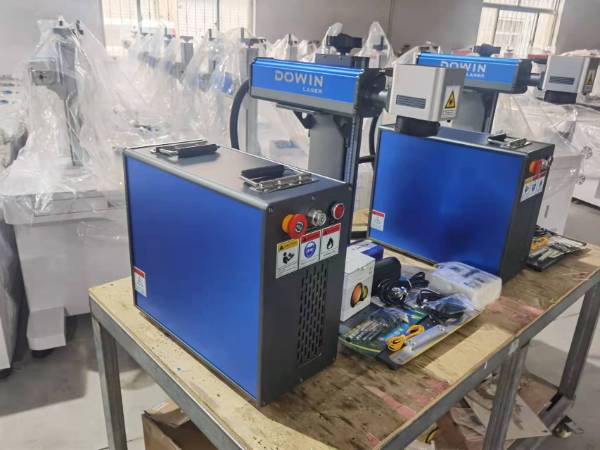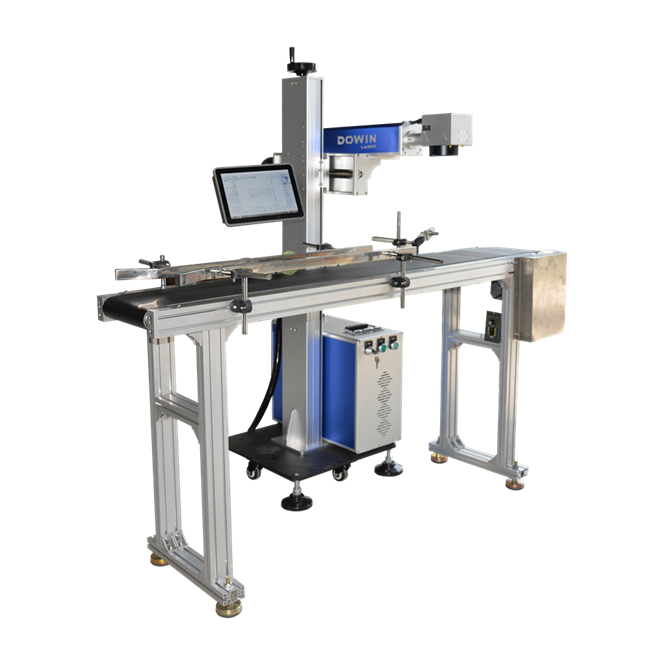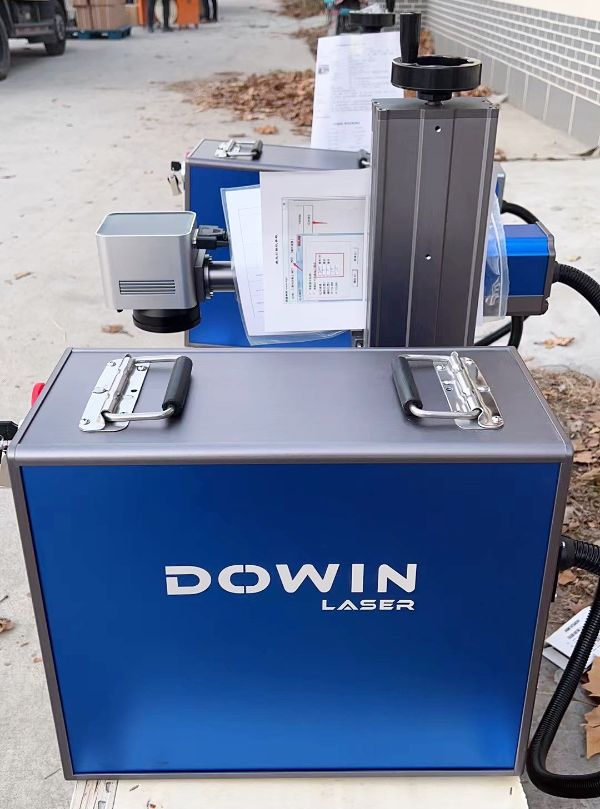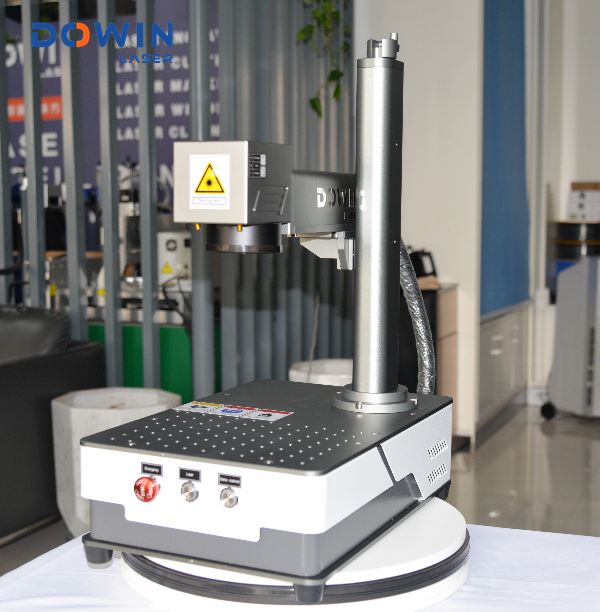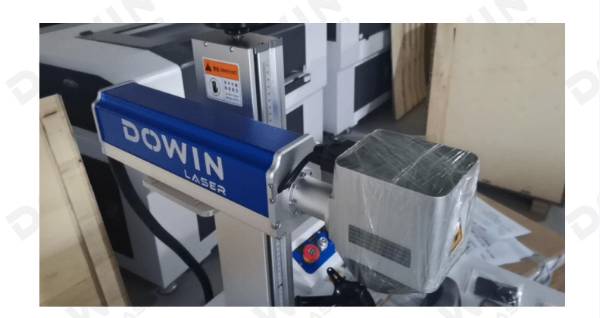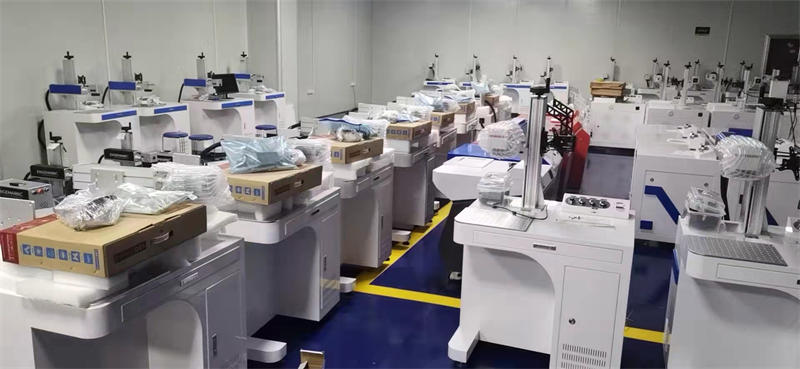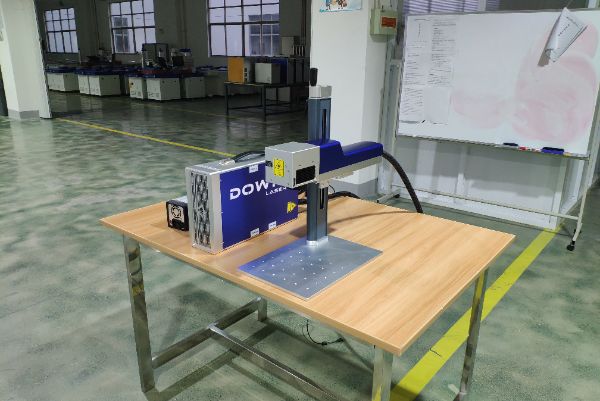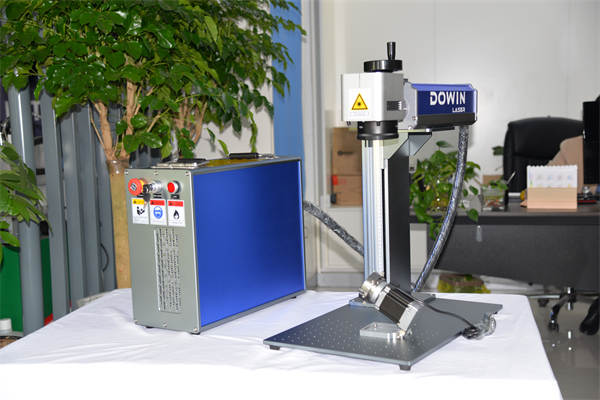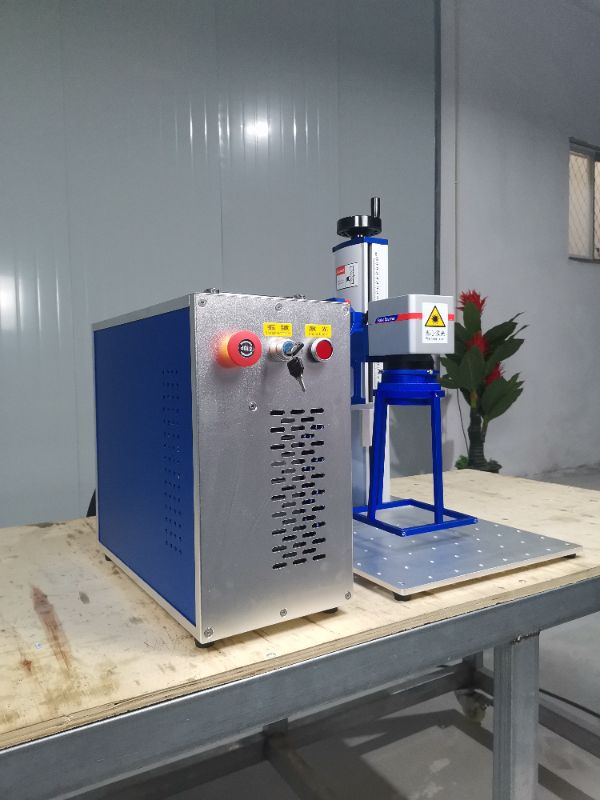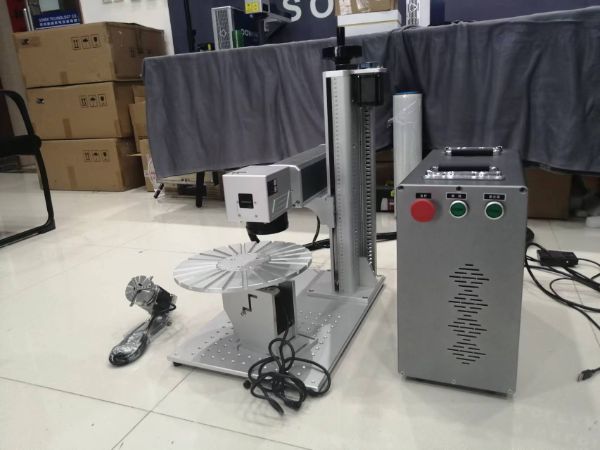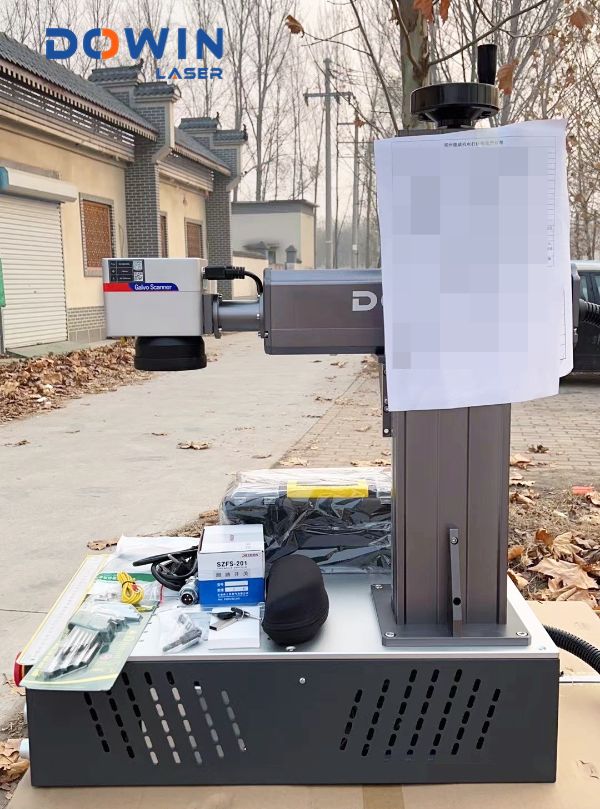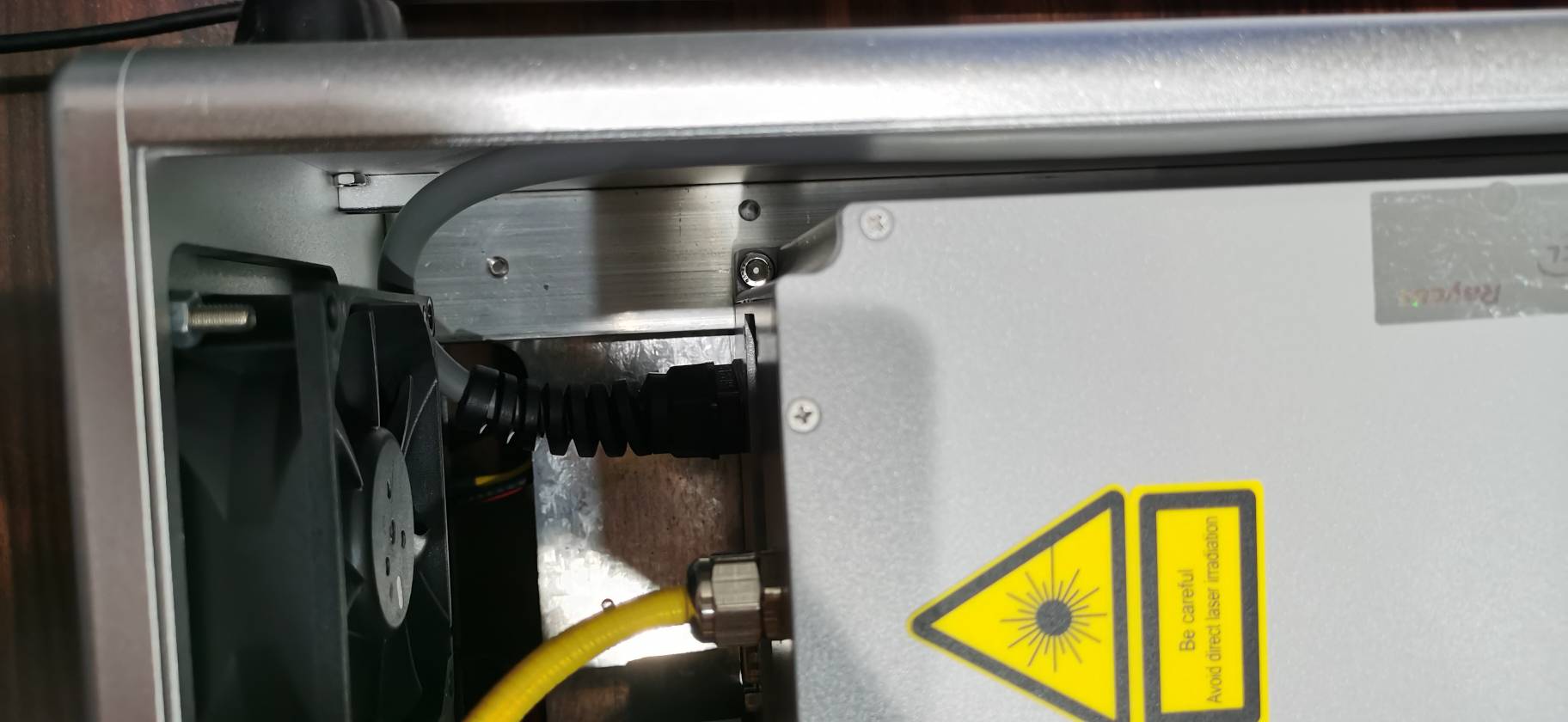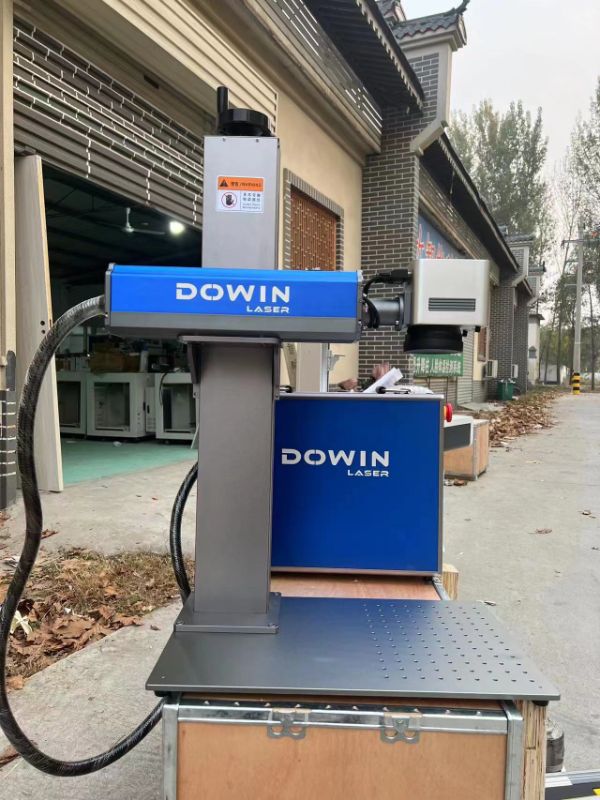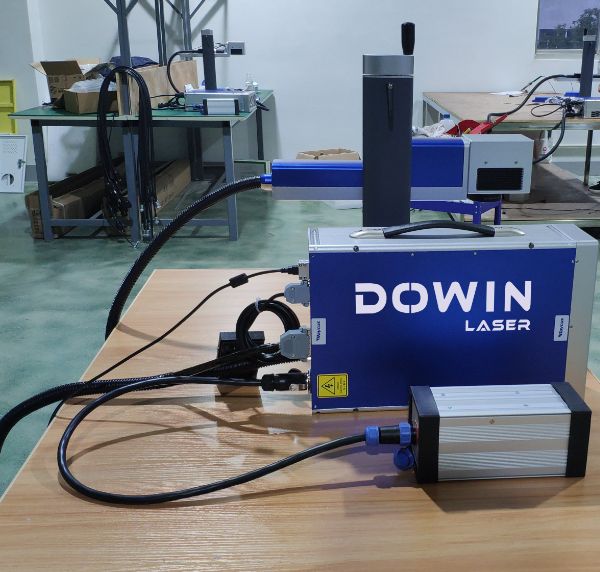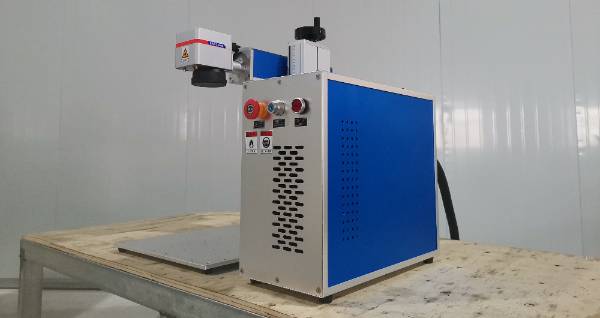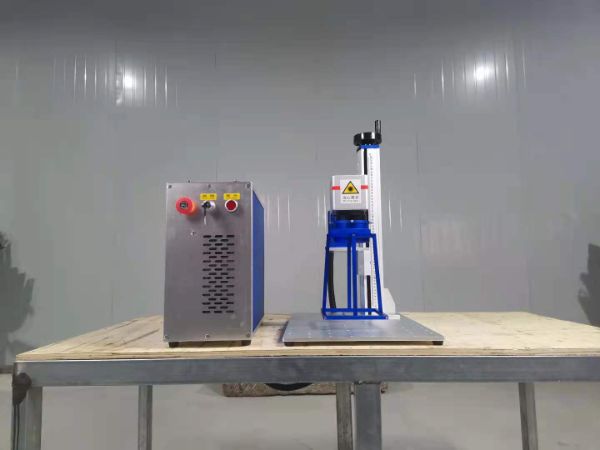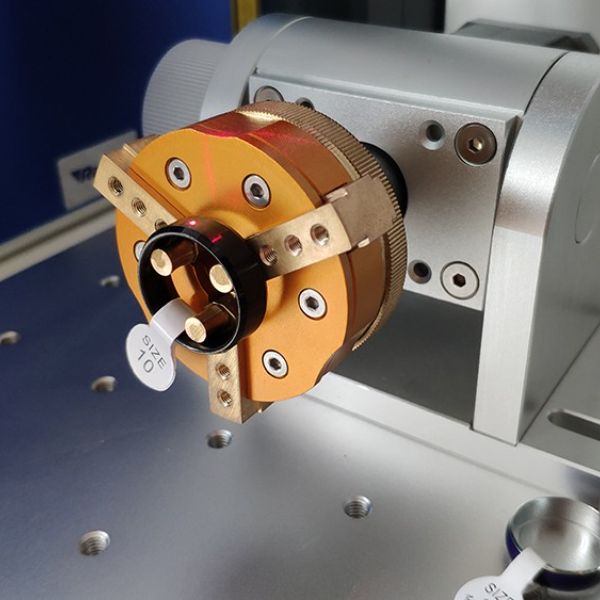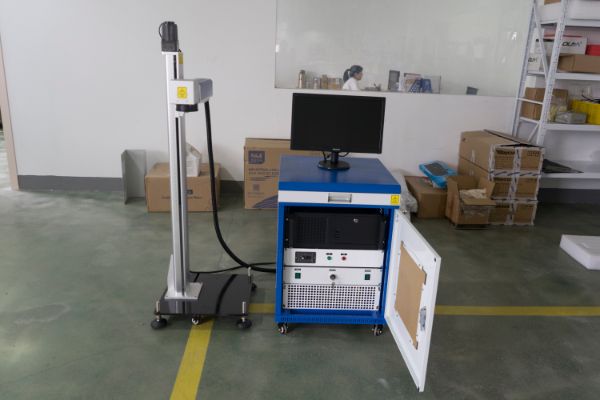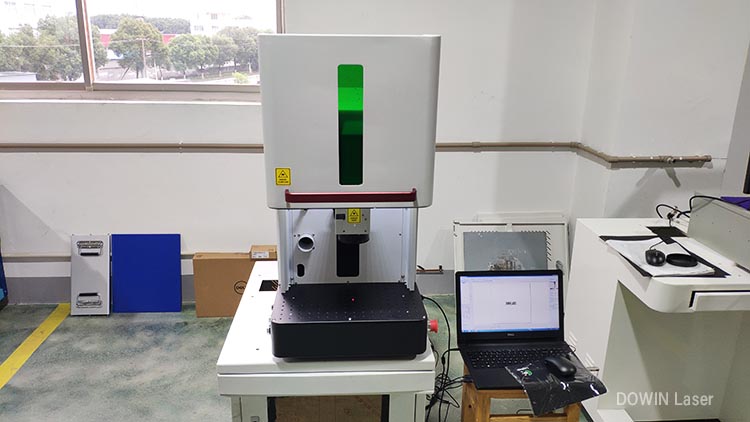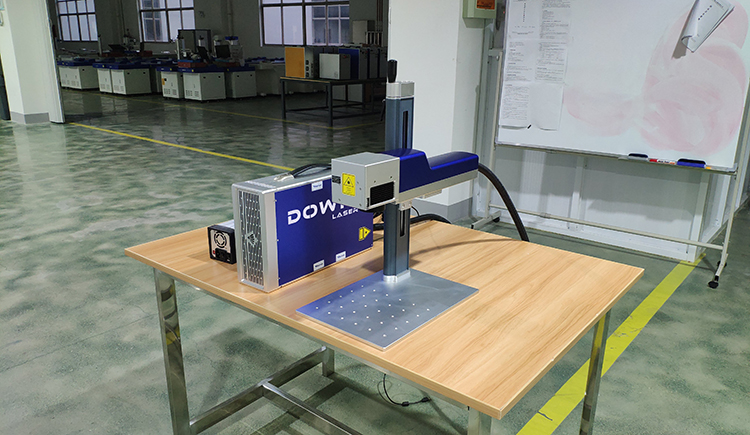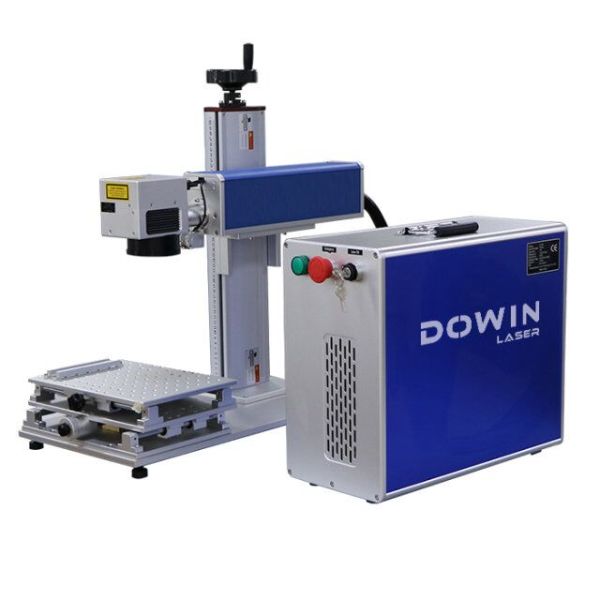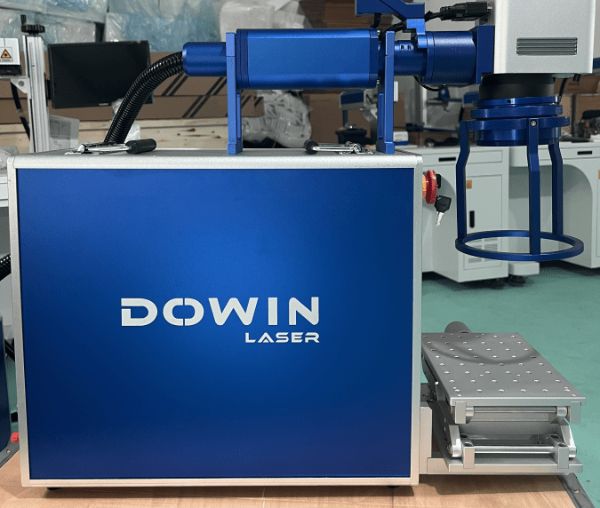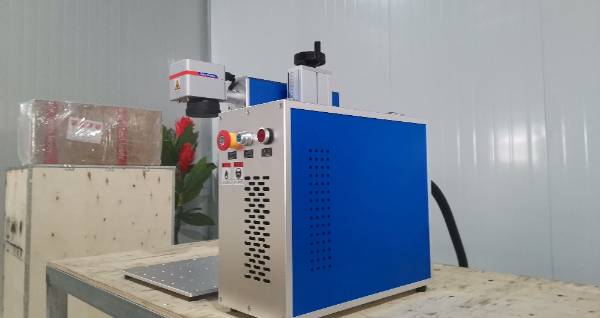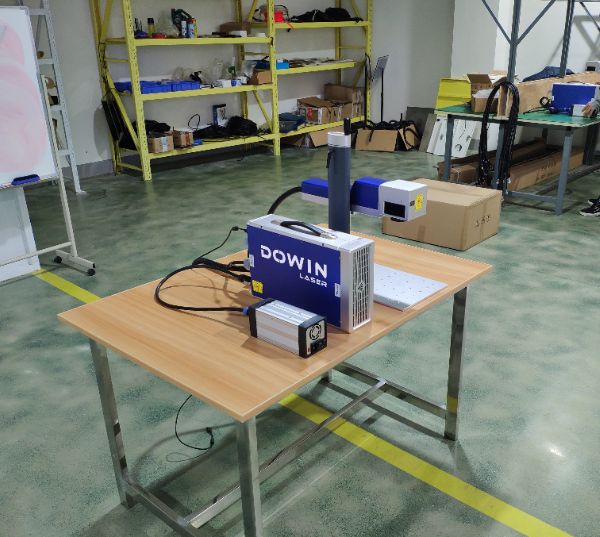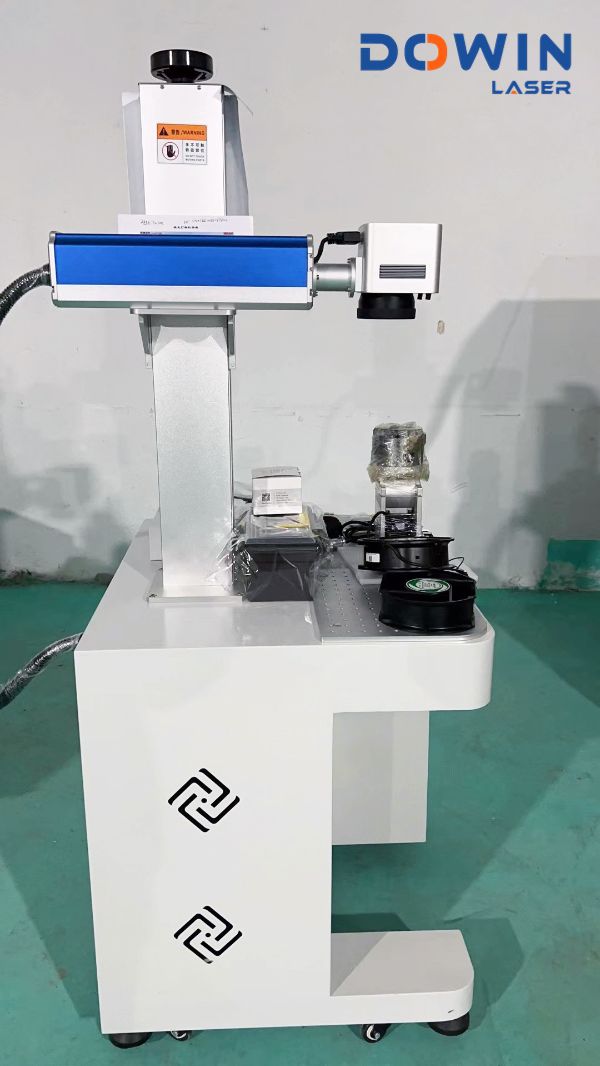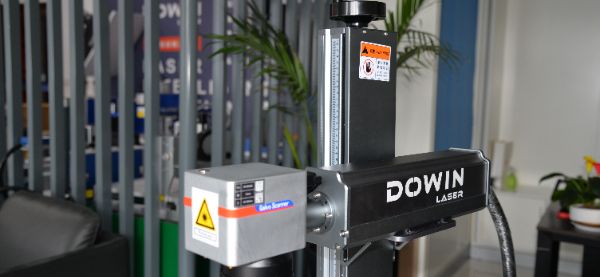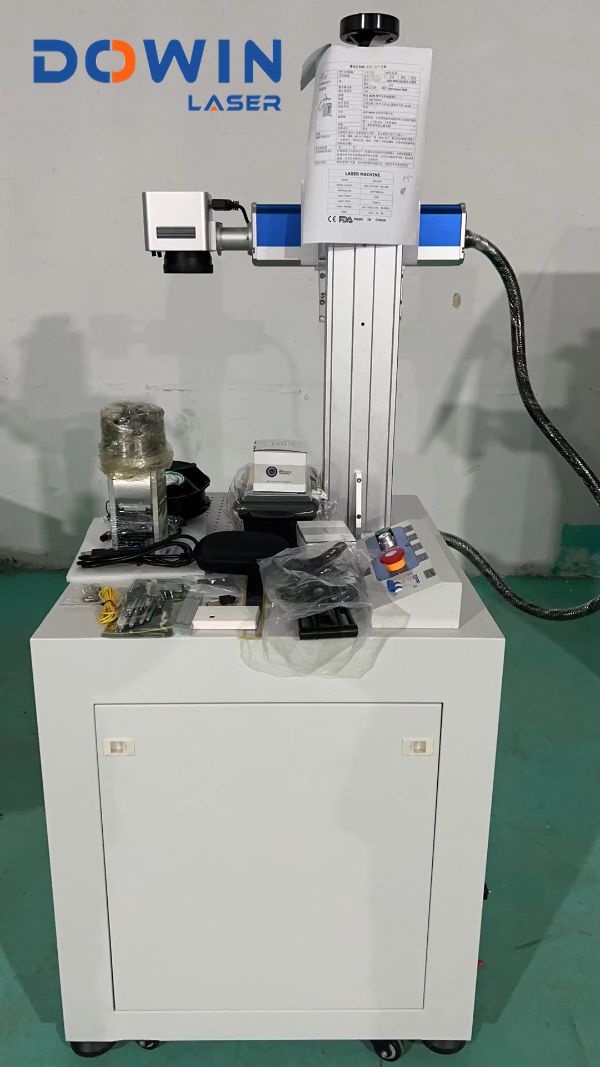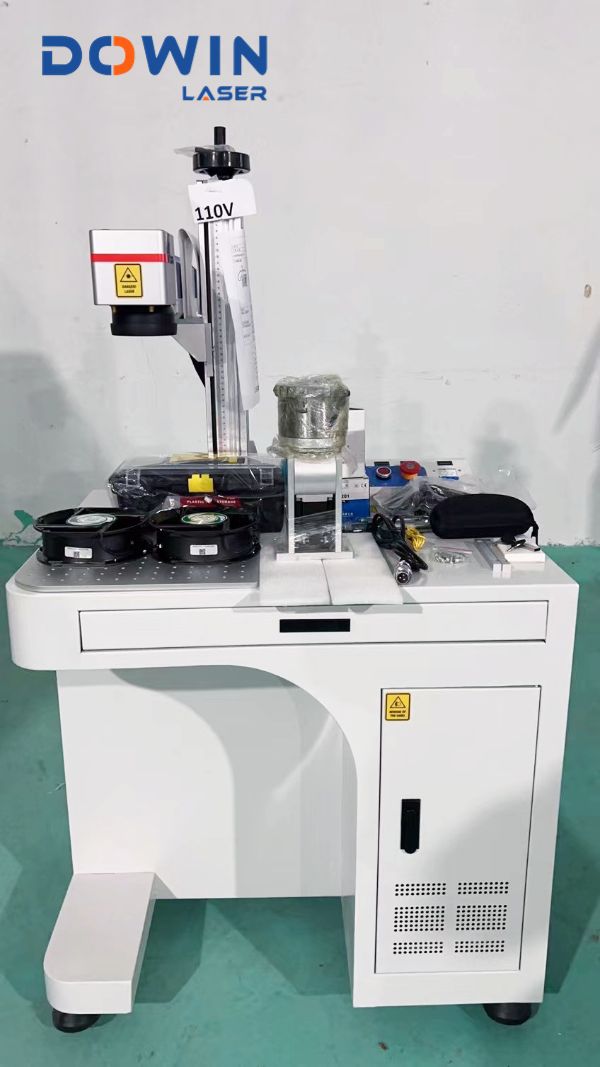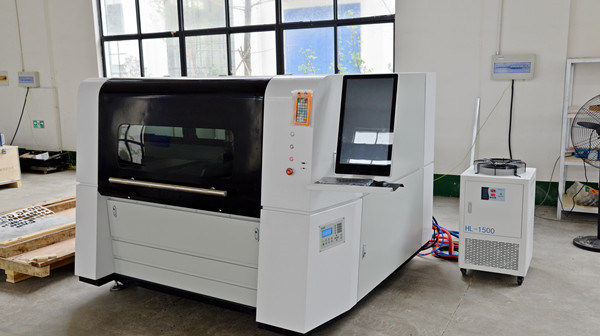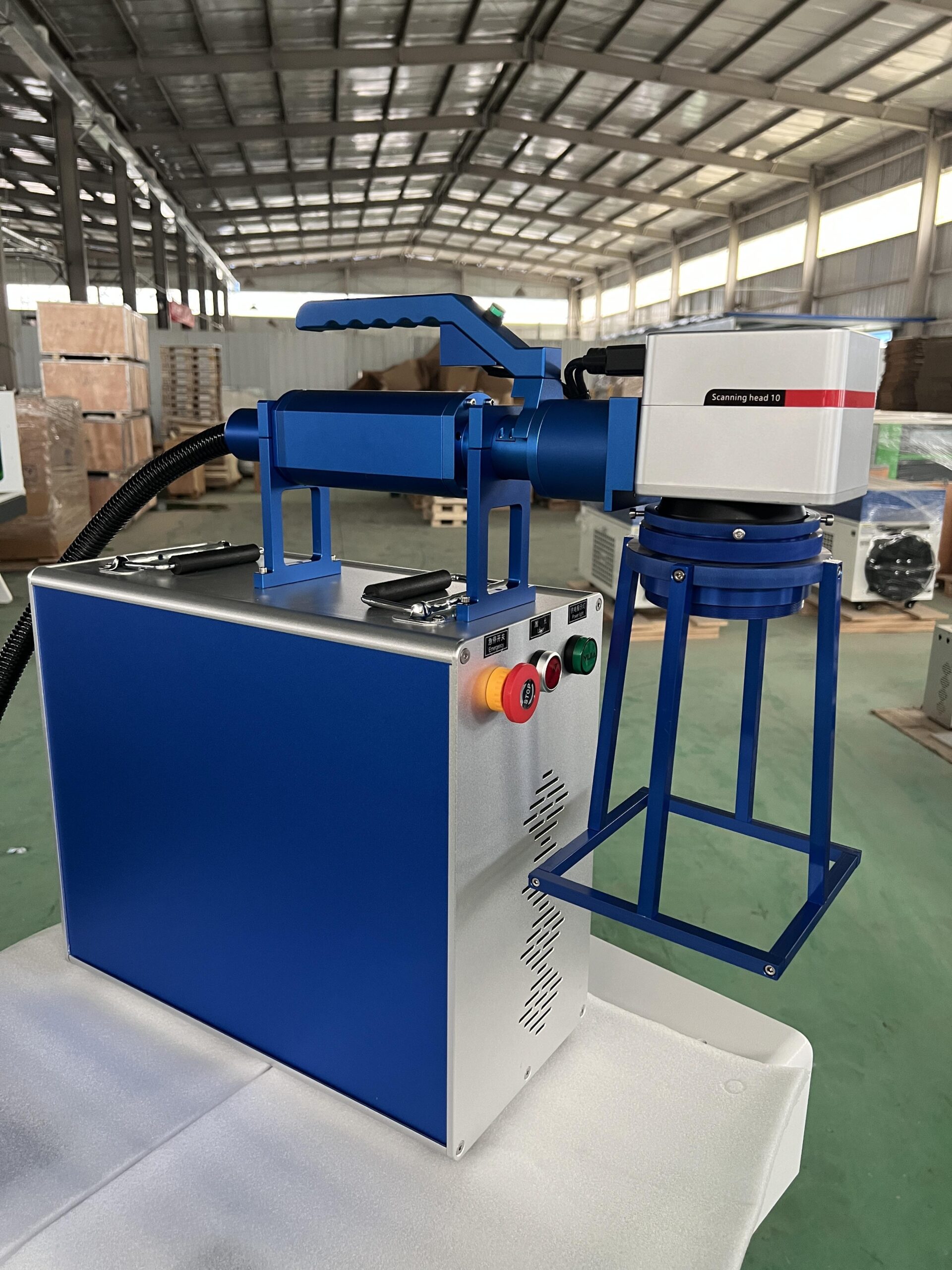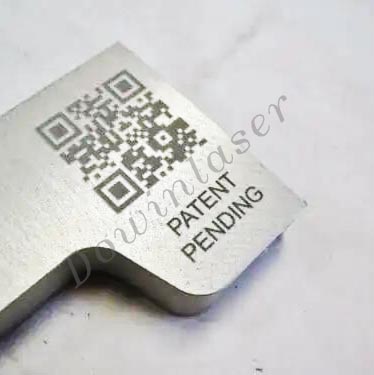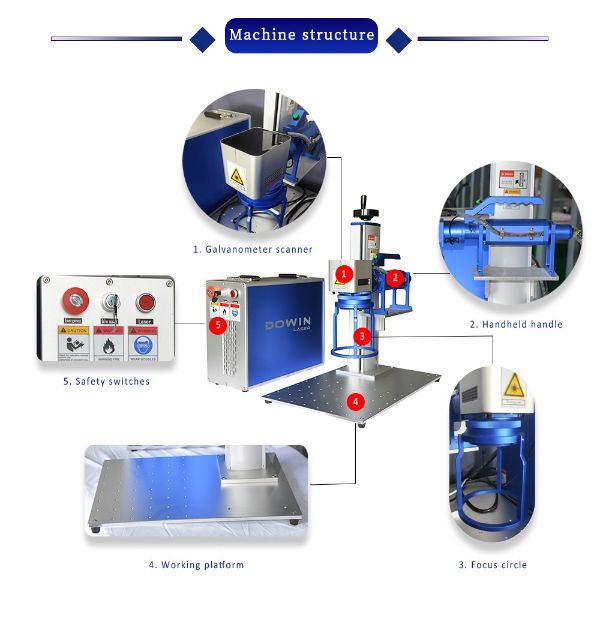Innovative Applications of 3D Fiber Laser Marking Machines in Metal Processing: An In-Depth Analysis of Deep Engraving, Relief Carving, and Curved Surface Marking Technologies
I. Overview of 3D Fiber Laser Marking Machine Technology
3D fiber laser marking machines, as a critical branch of laser marking technology, represent cutting-edge advancements in metal surface processing. Compared to traditional 2D laser markers, 3D fiber laser markers achieve high-precision marking on complex curved surfaces through sophisticated dynamic focusing systems and three-dimensional control software, revolutionizing metal processing methodologies.
Core working principle involves precisely guiding the laser beam through computer-controlled galvanometer systems, combined with dynamic focusing devices that enable laser focal point movement along the Z-axis, achieving accurate positioning in three-dimensional space. The 1064nm wavelength laser generated by fiber lasers is particularly suitable for metal material absorption characteristics. When coupled with high peak power and adjustable pulse width, it can achieve various effects from surface marking to deep engraving.
In metal processing, 3D fiber laser marking machines demonstrate unparalleled advantages:
-
Exceptional precision control: Capable of achieving 0.01mm-level fine processing
-
Broad material compatibility: Suitable for various metals including stainless steel, aluminum alloys, and titanium alloys
-
Non-contact processing: Avoids mechanical stress damage to workpieces
-
Efficient and flexible production: No molds required, enabling quick switching between different patterns
II. Metal Deep Engraving Technology and Applications
Metal deep engraving is one of the core applications of 3D fiber laser marking machines, creating noticeable grooves on metal surfaces with depths typically ranging from 0.1-2mm, producing durable markings with three-dimensional effects.
Key technical parameter controls include:
-
Laser power: Typically higher power (50-100W) for deep engraving
-
Pulse frequency: Appropriately reduced frequency (20-50kHz) to increase single-pulse energy
-
Scanning speed: Slower speeds (100-500mm/s) ensure sufficient energy deposition
-
Defocus amount: Precise control of focal position for optimal engraving results
-
Fill spacing: Optimized scan line spacing ensures uniform engraving surfaces
Typical application scenarios:
-
Mold industry: Engraving deep identifiers and serial numbers on stamping dies for traceability
-
Tool marking: Engraving brand logos and specifications on cutting tools to enhance product quality
-
Military equipment: Permanent marking of critical component information
-
Artistic creation: Producing intricate relief artworks on metal plates
Process advantages:
-
No tool wear issues compared to traditional mechanical engraving
-
Capable of fine engraving on difficult-to-machine materials like hard alloys
-
Minimal heat-affected zones and workpiece deformation
-
Compatible with automation systems for mass production consistency
III. Metal Relief Processing Artistry
Metal relief processing maximizes the three-dimensional control capabilities of 3D fiber laser marking machines, creating patterns with varying depth levels on metal surfaces to achieve artistic effects similar to traditional reliefs but with higher precision and design freedom.
Technical implementation process:
-
3D model preparation: Create or convert relief models using professional 3D modeling software
-
Grayscale image processing: Convert 3D height information into grayscale images where brightness corresponds to engraving depth
-
Parameter optimization: Set appropriate laser parameters for different areas
-
Layered processing: Gradually build relief structures through multiple scans
-
Surface treatment: Perform polishing or coloring post-processing as needed
Innovative application cases:
-
Luxury product markings: Micro-relief logos on watches, jewelry, and other high-end products
-
Commemorative coin production: Achieving complex pattern details difficult with traditional minting processes
-
Architectural decoration: Relief pattern processing on large metal decorative panels
-
Custom personalization: Creating unique products like portrait reliefs based on customer requirements
Quality control points:
-
Strictly control transition smoothness between different depth areas
-
Optimize scanning strategies to avoid surface irregularities caused by heat accumulation
-
Adjust parameters based on material properties to prevent excessive ablation
-
Maintain clean processing environments to avoid surface contamination
IV. Breakthroughs in Curved Surface Marking Technology
Curved surface marking represents one of the most challenging applications of 3D fiber laser marking machines, overcoming the limitations of traditional laser marking restricted to flat surfaces and achieving high-quality markings on complex geometries like cylinders and spheres.
Key technological breakthroughs:
-
Dynamic focusing systems: Real-time adjustment of laser focal positions to track surface contours
-
3D path planning: Precise calculation of laser beam movement paths on curved surfaces
-
Visual positioning technology: Workpiece position and shape recognition through CCD cameras
-
Distortion compensation algorithms: Correcting pattern deformations caused by surface geometry
Typical application fields:
-
Cylindrical marking: Text and barcodes on shaft components and pipes
-
Spherical processing: Permanent markings on valve spheres and precision bearings
-
Complex-shaped part marking: Adapting to various geometrically complex workpiece surfaces
-
Micro curved surfaces: Fine markings on small curved components like medical devices
V. Technology Comparison and Selection Guide
When selecting a 3D fiber laser marking machine for metal processing, multiple factors must be considered:
Comparison of different processing types:
| Technical Parameter | Deep Engraving | Relief Processing | Curved Surface Marking |
|---|---|---|---|
| Laser Power | High (50-100W) | Medium (30-80W) | Low to Medium (20-60W) |
| Processing Depth | 0.1-2mm | 0.05-1mm | Surface micro-engraving |
| Precision Requirement | ±0.05mm | ±0.02mm | ±0.1mm |
| Typical Speed | Slow (100-300mm/s) | Medium (300-800mm/s) | Fast (500-1500mm/s) |
| Main Challenge | Depth consistency control | 3D topography reproduction | Surface distortion compensation |
Key considerations for equipment selection:
-
Processing requirements analysis: Clarify primary application scenarios (deep engraving/relief/curved surface)
-
Laser selection: Choose appropriate power and pulse characteristics based on material type
-
Optical system: Evaluate focusing range and dynamic focusing performance
-
Software functionality: Check 3D processing capabilities and surface compensation algorithms
-
Positioning system: High-precision visual positioning required for curved surface marking
-
Automation integration: Consider compatibility with production line requirements
VI. Future Development Trends
3D fiber laser marking machines will continue to evolve in metal processing, with main development directions including:
Technological innovation directions:
-
Intelligent processing systems: Integrating AI for automatic parameter optimization and defect detection
-
Ultrafast laser applications: Picosecond/femtosecond lasers for higher-precision cold processing
-
Multi-spectral processing: Combining different wavelength lasers for diverse materials
-
Online monitoring: Real-time processing quality feedback and control
Application expansion areas:
-
Additive manufacturing post-processing: Surface finishing and marking of 3D-printed metal parts
-
Micro-nano structure manufacturing: Functional surface texture processing
-
Smart manufacturing: Digital marking and tracing in Industry 4.0 environments
-
Green manufacturing: Reducing use of polluting processes like chemical etching
With continuous technological advancements, 3D fiber laser marking machines will keep breaking new ground in depth, precision, and complexity of metal processing, providing manufacturing industries with more flexible and efficient processing solutions.

